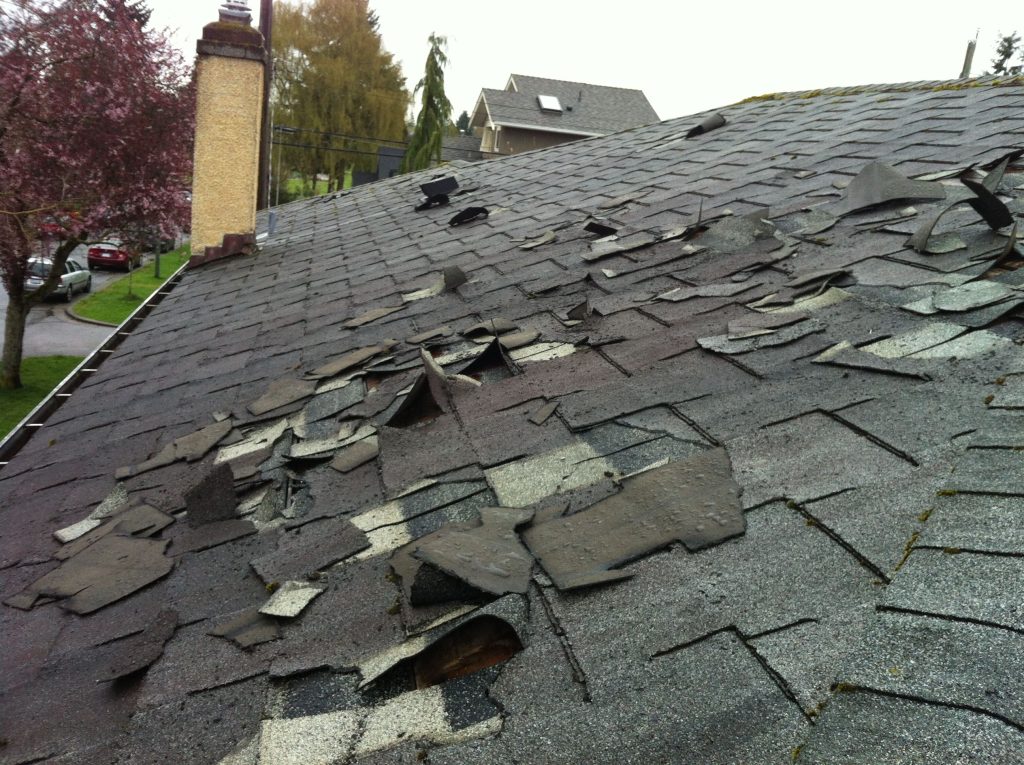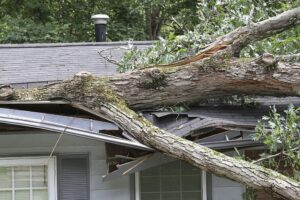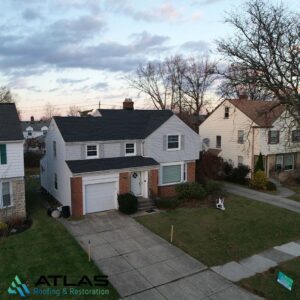When a hailstorm passes through your neighborhood, it’s natural to check your car, siding, and yard for signs of damage. But many homeowners overlook one of the most important parts of their property—the roof. While large dents or missing shingles are easy to spot, hail damage on a roof is often subtle and goes unnoticed until much bigger problems arise. That’s why getting a professional roof inspection after a storm is essential—even if everything looks fine from the ground.
Atlas Roofing & Restoration, a trusted name for roofing services across Northeast Ohio, specializes in post-storm roof inspections and repairs. Their experienced team knows that what you can’t see can hurt your home—and your wallet.
The Hidden Truth About Hail Damage
Hail can vary in size, shape, and impact. Some hailstones are tiny, while others can be as large as golf balls. But it’s not just the size that matters—it’s the velocity and angle at which hail hits your roof that determines how much damage is done. Unfortunately, many forms of hail damage don’t result in immediate, visible signs.
Subtle Signs You Might Miss
You might assume that a roof without visible holes or missing shingles is fine. However, hail can cause small cracks, dents, or dislodged granules on your shingles. These small issues can compromise the waterproof barrier your roof provides, gradually allowing moisture to seep in over time.
Other subtle signs of hail damage include:
- Bruised shingles: Soft spots on asphalt shingles that aren’t visible but can be felt by a trained inspector.
- Granule loss: Tiny granules that protect shingles from the sun may be knocked loose, leading to UV damage.
- Cracked flashing: Hail impact can damage metal flashing around vents, chimneys, or skylights, increasing leak risk.
- Invisible leaks: Moisture can penetrate beneath roofing materials without showing interior symptoms—until it’s too late.
Why Ignoring Minor Damage is a Costly Mistake
One of the biggest roofing misconceptions is that if you don’t see a leak, there’s no problem. But hail damage often leads to delayed consequences. A small crack in a shingle today can become a major leak in a few months. By then, water may have soaked insulation, caused mold, or even damaged the structural wood beneath your roof.
The Escalating Cost of Delay
Here’s what can happen when hail damage goes undetected:
- Water damage to ceilings, walls, and attic insulation
- Mold growth in humid attic spaces
- Structural rot in wooden rafters or decking
- Increased utility bills from damaged insulation
- Costly roof replacement instead of minor repair
Avoiding these outcomes starts with a thorough inspection from professionals who know what to look for.
Why You Need a Professional Roof Inspection
The only reliable way to determine the health of your roof after a hailstorm is to schedule a detailed inspection. Climbing onto your roof yourself is not only unsafe—it also won’t help much unless you know exactly what hail damage looks like across different roofing materials.
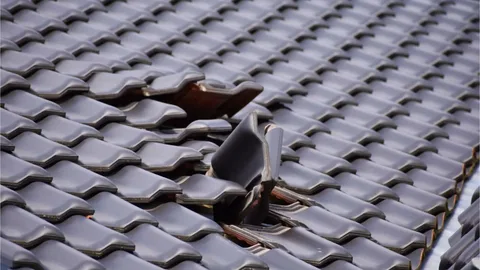
This is where Atlas Roofing & Restoration stands out. Their licensed roofing experts have years of experience identifying hail damage in all its forms. Whether it’s cracked shingles, lifted flashing, or water intrusion points, they’ll inspect every inch of your roof with care and precision.
What to Expect During a Roof Inspection
When you schedule a roof inspection with a trusted team like Atlas Roofing & Restoration, here’s what typically happens:
- Initial Assessment – A roofing specialist discusses the storm history, checks for damage from the ground, and notes any interior symptoms like ceiling stains.
- Roof Walkthrough – The inspector climbs up safely and examines the entire roofing surface, including valleys, ridges, vents, flashing, and gutters.
- Photo Documentation – Clear photos of any damage are taken for your records and can be used in insurance claims.
- Inspection Report – You receive a full report on your roof’s condition, including findings, damage assessment, and next steps.
- Repair or Claim Guidance – If repairs are needed, the team provides an estimate and can help guide you through an insurance claim if applicable.
Hail Damage and Insurance: What Homeowners Should Know
Most homeowners insurance policies cover hail damage, but the key is to act promptly. Insurers often place strict time limits on how long after a storm you can file a claim. By getting a timely inspection and proper documentation from a reputable company like Atlas Roofing & Restoration, you give yourself the best chance of maximizing your coverage.
How Atlas Roofing & Restoration Helps With Claims
Navigating insurance claims can be stressful, especially if you’re unsure what qualifies as damage. Atlas Roofing & Restoration not only provides detailed inspection reports, but also works with adjusters to ensure that your claim is fair and accurate. They’ve built a reputation for being homeowner advocates during the insurance process—ensuring you’re not left paying out of pocket for storm-related damage.
East Side Cities at Risk: Don’t Assume You’re Safe
Cleveland Heights, Shaker Heights, South Euclid, University Heights, and surrounding East Side communities often experience hailstorms throughout spring and summer. The proximity to Lake Erie can intensify storm patterns, making roofs in these neighborhoods particularly vulnerable. If you live in these areas, don’t rely on a quick glance or wait until water stains appear in your living room. Instead, be proactive.
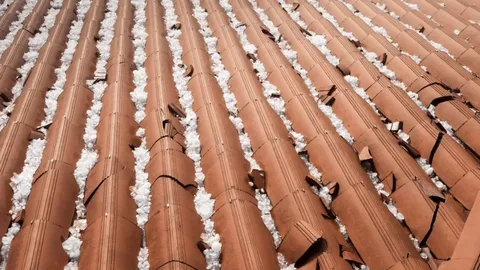
Atlas Roofing & Restoration has served dozens of homeowners across East Side neighborhoods, providing peace of mind with free or low-cost roof inspections following major storms. They understand the unique architectural styles and roofing materials used throughout the region and tailor their inspections and repairs accordingly.
When Should You Schedule a Roof Inspection?
The best time to schedule a roof inspection is immediately after a hailstorm—especially if you heard loud impacts, experienced heavy wind, or noticed hail accumulation. However, even if some time has passed, it’s never too late to check your roof. Sometimes, hidden damage doesn’t manifest until months or even years later.
Other times you should consider a roof inspection include:
- Before selling or buying a home
- After extreme weather (hail, wind, ice, or fallen branches)
- Every 1–2 years as part of preventative maintenance
- After noticing increased energy bills, which may indicate roof ventilation issues
Don’t Wait—Protect Your Home Today
Hail damage is tricky, silent, and potentially destructive. Waiting to take action can lead to extensive repairs, mold issues, and costly structural damage. Don’t take the risk.
Schedule a professional roof inspection today with Atlas Roofing & Restoration, your trusted local expert in post-storm evaluations. Their team is committed to thorough assessments, honest recommendations, and high-quality repairs that protect your home long term.
Reach out today and gain peace of mind knowing that your roof is either in great shape—or will be, thanks to timely, professional care.

